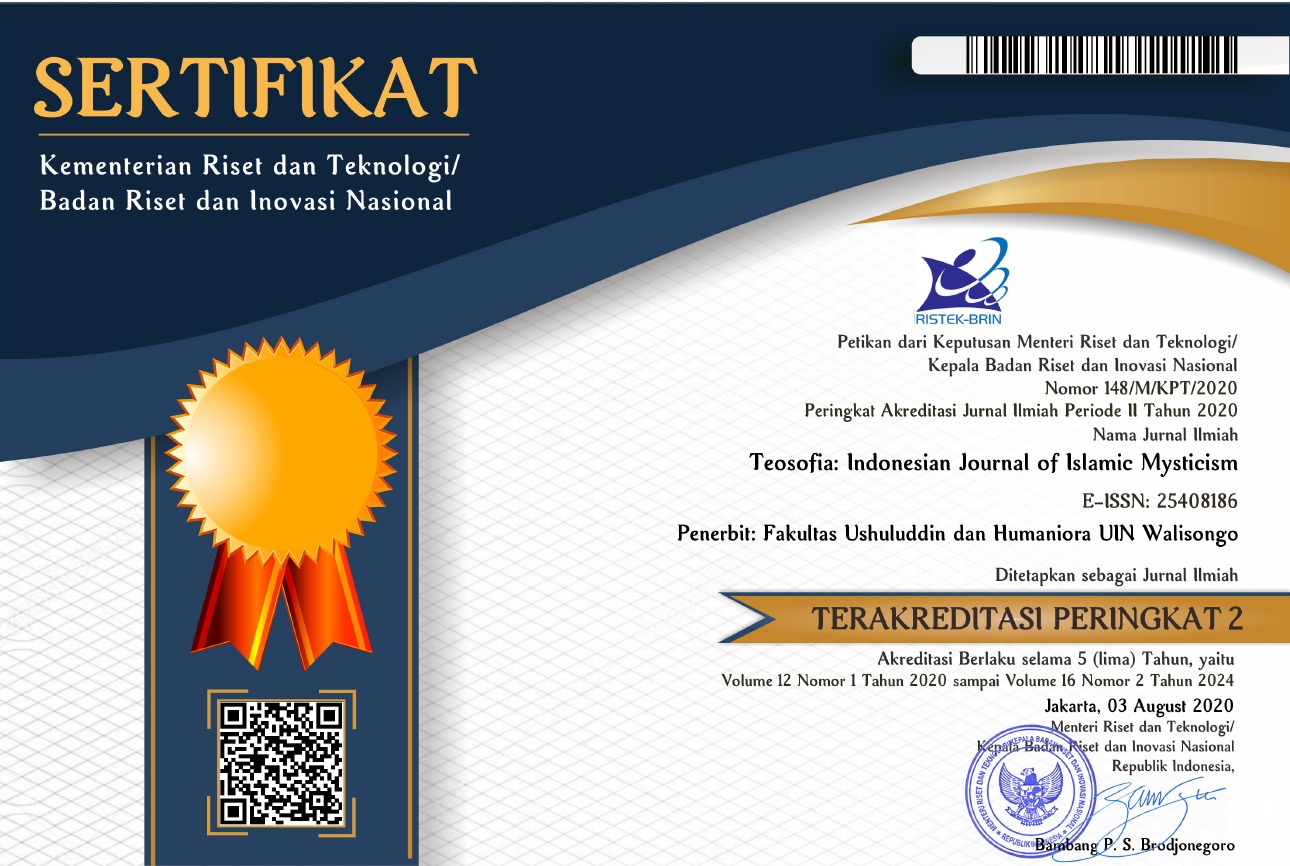TOMBS OF IMOGIRI KINGS: COMMUNITY PERSPECTIVE IN THEIR RELATIONSHIP OF FUNCTIONAL THEORY
DOI:
https://doi.org/10.21580/tos.v9i1.5360Keywords:
Tombs of Imogiri Kings, Community Perspectives, Malinowski’s Functional TheoryAbstract
This paper discusses the functional analysis that occurred around the Tombs of Imogiri Kings. It is to examine why many people willingly come to the tombs of Imogiri Kings while there are many objects of the tour in Yogyakarta. The purpose of this study was to determine the community's perspective on the tomb and its functions using Malinowski's theory analysis. Malinowski developed a functional theory with the understanding that culture is a standpoint with all the activities carried out actually intended to satisfy a series of instinctual needs of human beings related to human life. This research uses a qualitative method, which is written descriptively. The methods of data collection include field studies such as data collection methods include field studies by direct observation of the symptoms in the tombs of the Imogiri kings, conducting interviews with people involved in tomb activities, conducting participant-observers, following a number of rituals there, and literature study. The results of this study indicate that some community perspectives on the tombs of Imogiri kings that are considered sacred are formed from several factors such as history and mystical stories. This centralization then forms certain cultures and beliefs that have certain functions to fulfill the needs of human instincts as Malinowski's theory.
Downloads
References
Badan Pengembangan dan Pembinaan Bahasa (Pusat Bahasa), Kamus Besar Bahasa Indonesia, Daring edisi III, 2020, https://kbbi.web.id/
Fitriliyani, Winda. “Nilai-Nilai Filosofis Dalam Tradisi Nguras Enceh Di Komplek Makam Raja-Raja Mataram Imogiri.” Thesis, Yogyakarta: UIN Sunan Kalijaga, 2017.
G. Moedjanto. Konsep Kekuasaan Jawa: Penerapannya Oleh Raja-Raja Mataram. Yogyakarta: Kanisius, 1987.
Haryono, Kholid. “Motivasi Dan Prosesi Peziarah Makam Raja-Raja Mataram Imogiri.” Thesis, Yogyakarta: UIN Sunan Kalijaga, 2007.
H.J. de Graaf. Puncak Kekuasaan Mataram: Politik Ekspansi Sultan Agung. Jakarta: Pustaka Utama Grafiti, 1990.
Koentjaraningrat`. Sejarah Teori Antropologi. Jakarta: UI-Press, 1982.
Malinowski, Bronislaw. A Scientific Theory of Culture and Other Essays. New York: Oxford University Press, 1961.
M.C. Ricklefs. Sejarah Indonesia Modern 1200-2004. Translated by Satrio Wahono, Bakar Bilfagih, Hasan Huda, Miftah Helmi, Joko Sutrisno, and Has Manadi. 3rd ed. Jakarta: PT Serambi Ilmu Semesta, 2005.
Rofikoh. “Pengaruh Makam Raja-Raja Mataram Di Imogiri Dalam Pandangan Masyarakat.” Thesis, Yogyakarta: UIN Sunan Kalijaga, 2006.
Rokhim, Maliky Nur. “Unsur Religi Dalam Tradisi Nguras Enceh Di Makam Raja-Raja Imogiri.” Thesis, Yogyakarta: Universitas Negeri Yogyakarta, 2013.
Ulum, Miftachul, “Modernization and Commercialization of Religious Tourism On Reduction of Piwulang Values Sunan Drajat Lamongan (Critical Study of the Weakening of the Teachings and Cultural Values of Sunan Drajat Lamongan)”, Teosofia: Indonesian Journal of Islamic Mysticism 8 No. 1 (2019)
Interviews
Interview with Abdi Dalem, Abdi Dalem at Tomb of Imogiri Kings,at Bantul, on November, 20 2017.
Interview with Abdi Dalem, Abdi Dalem at Tomb of Imogiri Kings, at Bantul on November, 26 2017.
Interview with Anik, Pilgrim at Tomb of Imogiri Kings and Descendants of the thirdMataram king, at Bantul, on November, 26 2017.
Interview with Jogosutrisno, Abdi Dalem, Abdi Dalem at Tomb of Imogiri Kings, at Bantul, on November, 26 2017.
Interview with Pujihartono, Salesman at Tomb of Imogiri Kings. at Bantul, on November, 26 2017.
Interview with Siwo, Pilgrim at Tomb of Imogiri Kings, at Bantul, on November, 24 2017.
Interview with Sri Muryanti, Tour Guide at Tomb of Imogiri Kings, at Bantul, onNovember, 20 2017.
Interview with Sri Sumiyati, Pilgrim at Tomb of Imogiri Kings, at Bantul. on November, 20 2017.
Downloads
Additional Files
Published
How to Cite
Issue
Section
License
Copyright
The copyright of the received article shall be assigned to the journal as the publisher of the journal. The intended copyright includes the right to publish the article in various forms (including reprints). The journal maintains the publishing rights to the published articles. Therefore, the author must submit a statement of the Copyright Transfer Agreement.*)
Licensing

This work is licensed under a Creative Commons Attribution-ShareAlike 4.0 International License.
In line with the license, authors are allowed to share and adapt the material. In addition, the material must be given appropriate credit, provided with a link to the license, and indicated if changes were made. If authors remix, transform or build upon the material, authors must distribute their contributions under the same license as the original.
_______
*) Authors whose articles are accepted for publication will receive confirmation via email and send a Copyright Transfer Agreement.









